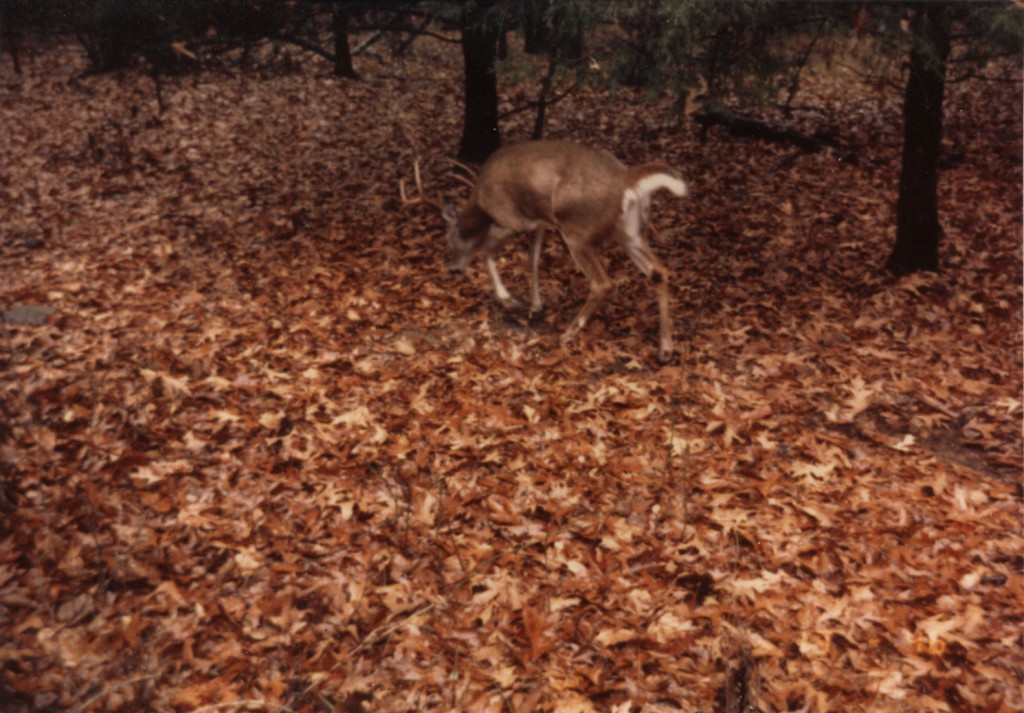What Stage of the Rut is Occurring Where You Hunt?
Filed under: Deer Hunting, Hunting Blog, Hunting Tactics
This is a common question among hunters this time of year! Are mature bucks moving during daylight? Are bucks using scrapes, seeking does, chasing does, or are does receptive?
By making a few observations while in the field hunters can get a good indication of the stage of the rut where they hunt! The adult sex ratio is a huge factor in the intensity of the rut. One of the first considerations is the past adult deer harvest sex ratio. If primarily bucks have been harvested and you typically see and/or have trail camera pictures of mostly does from your area, then don’t expect a rip-roaring, mature bucks cruising everywhere type rut. If there are substantially more adult does than bucks, the bucks won’t have to travel very far to find a receptive doe. Your observations of rut behavior will likely be very limited if you hunt a herd where the adult sex ratio strongly favors does.
If you and the other hunters where you hunt have harvested deer with a goal of creating and/or maintaining a balanced adult sex ratio and allowed a large percentage of the bucks to live to at least three years of age, then you have the opportunity to experience a hunt with deer expressing a lot of rutting behavior.
In such areas, the first sign I look for is lots of scrapes being actively used. The scraping stage of the rut occurs between when bucks shed their velvet and before a majority of does are receptive. Certainly bucks, does, and fawns may use scrapes, especially the licking branch, throughout the year. However, the vast majority of marking and checking the ground portion of scrapes occurs between velvet shed and when a majority of the does are receptive. If you are seeing lots of fresh scrapes – the chase phase of the rut is probably one to three weeks away at that location.
After the scrape phase, its’ common to see (in person or on trail cameras) mature bucks actively walking with purpose. They seem to be going somewhere. They are not taking a few steps and stopping to eat or check for threats (normal mature buck behavior). This is the seeking stage. Mature bucks are moving – but very few chases (bucks chasing does) are observed.
The seeking stage often changes to the chasing phase within a few hours or days. During this stage all bucks (unless they are injured) will actively chase does that are receptive. It’s common to see multiple bucks chasing a single doe. A more common observation during this phase of the rut is to see fawns without a doe. Does tend to abandon their fawns while they are receptive to breeding. If you are hunting and see several fawns without does (and it’s not because a substantial doe harvest just occurred), you know two things: the chase phase is on and the receptive does (and therefore the bucks) are using a different area. You probably need to change stand locations!
I’ve asked the GrowingDeer.tv Team that uses our Facebook page to keep us updated on the stage of the rut they are seeing – real time useful information to help those that haven’t been in the woods for a few days. This is a very exciting time to hunt! Join us on Facebook and get up to date information!
Growing (and hunting) Deer together,
Grant




